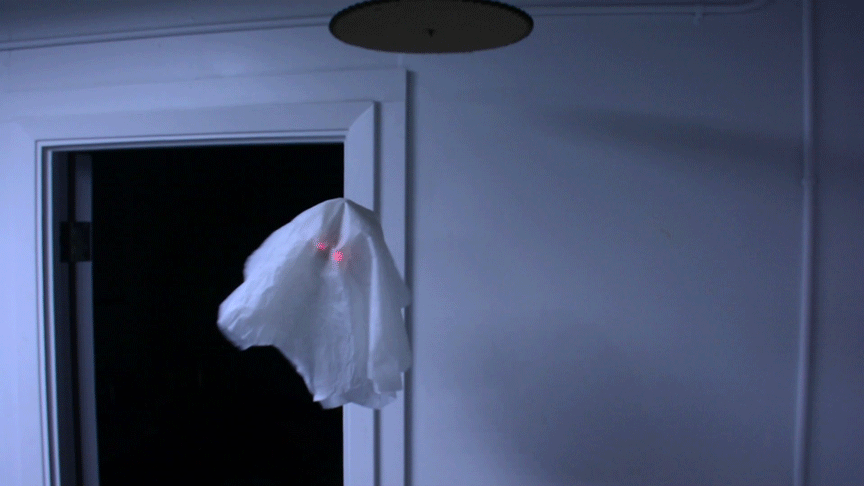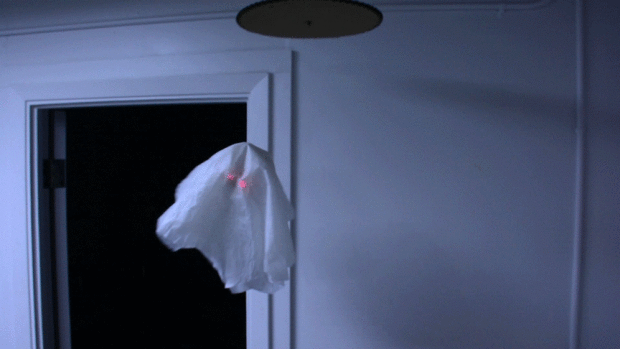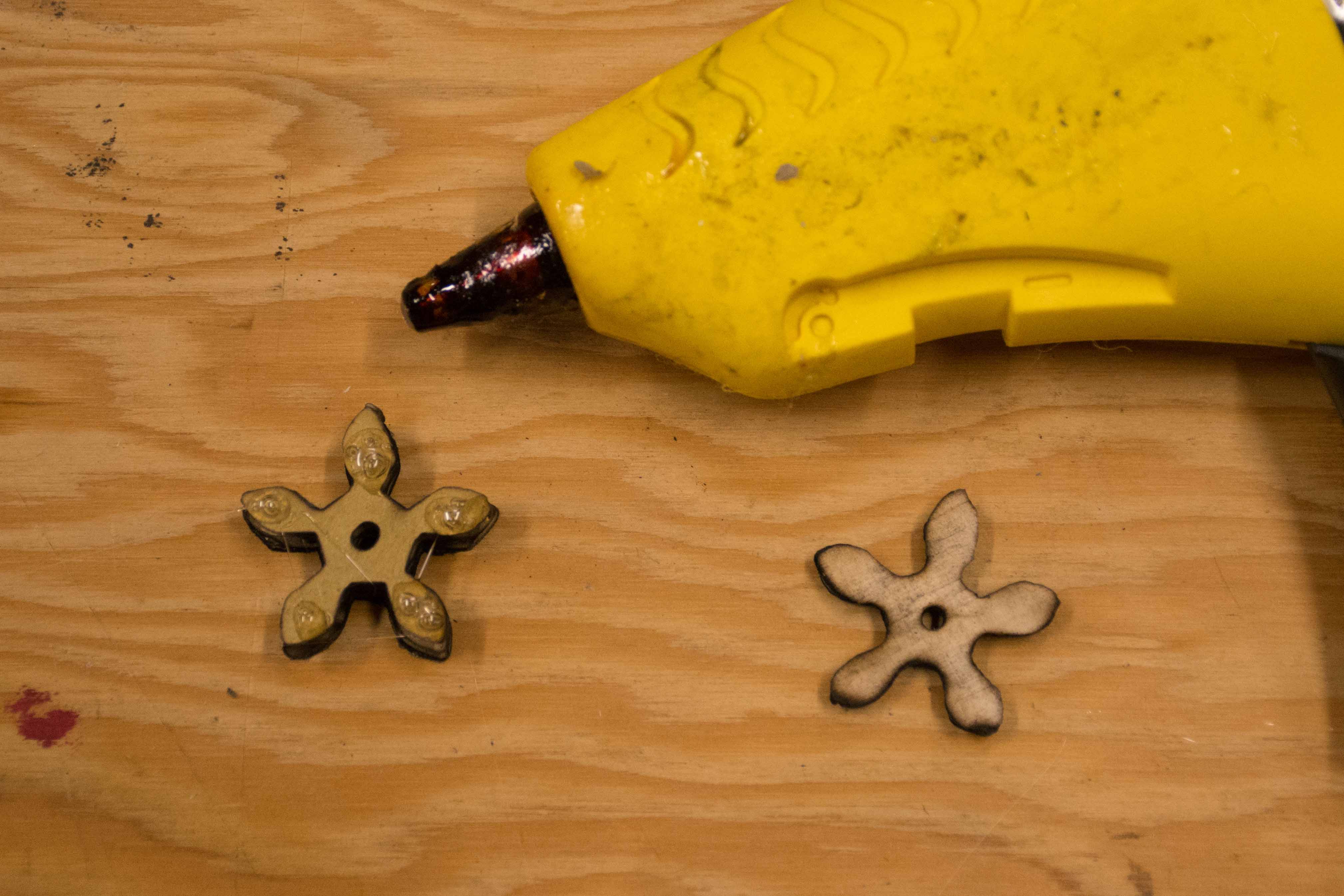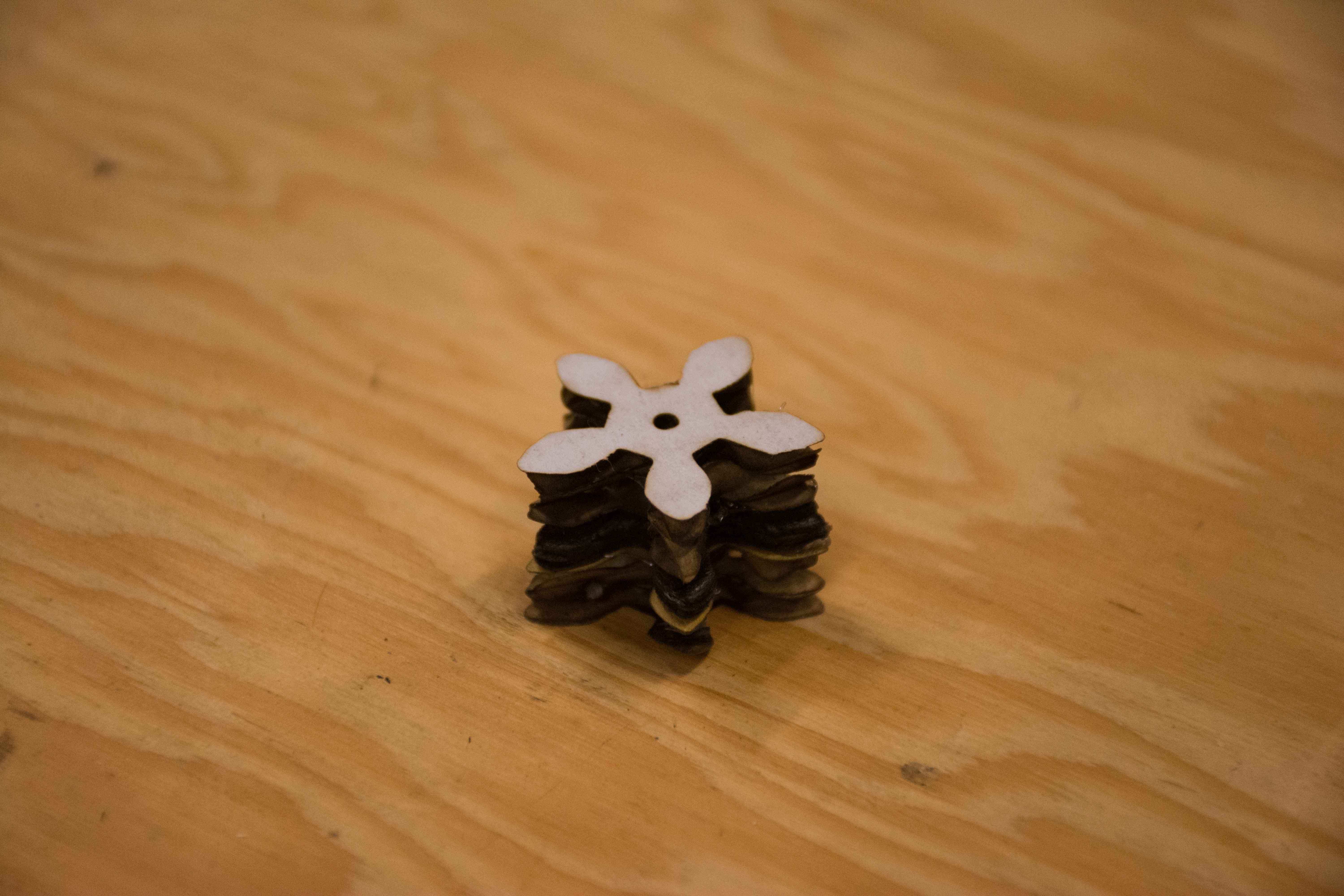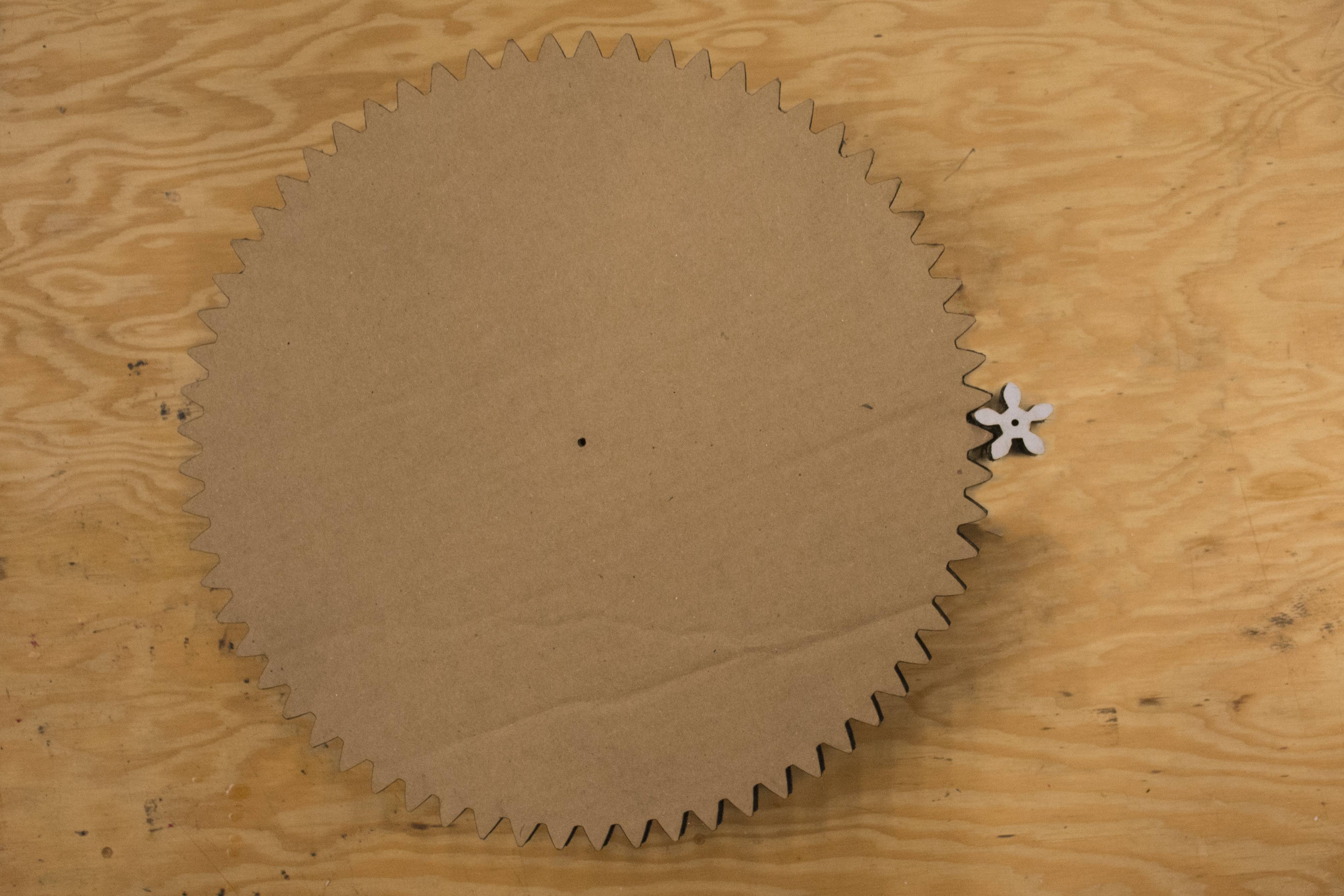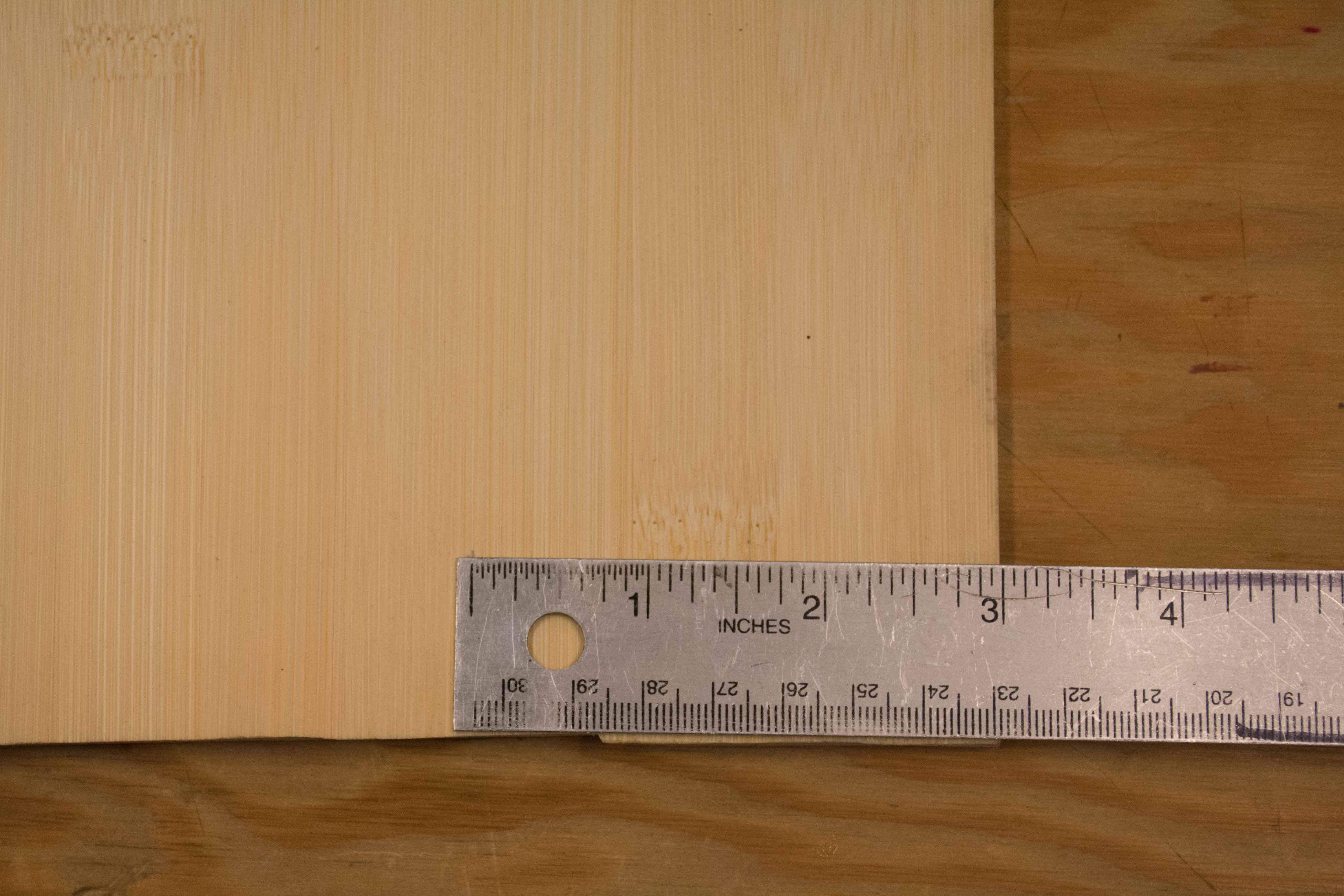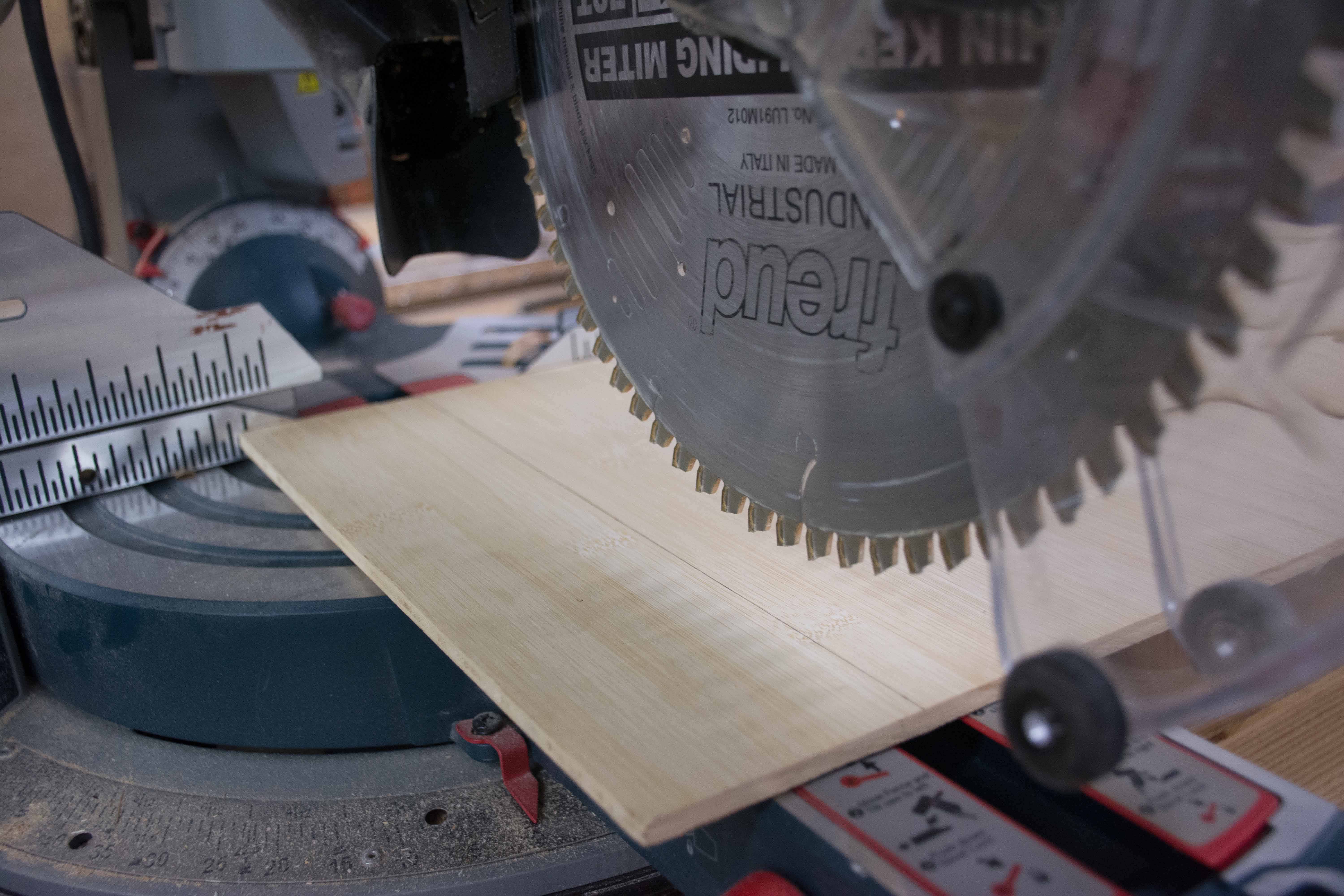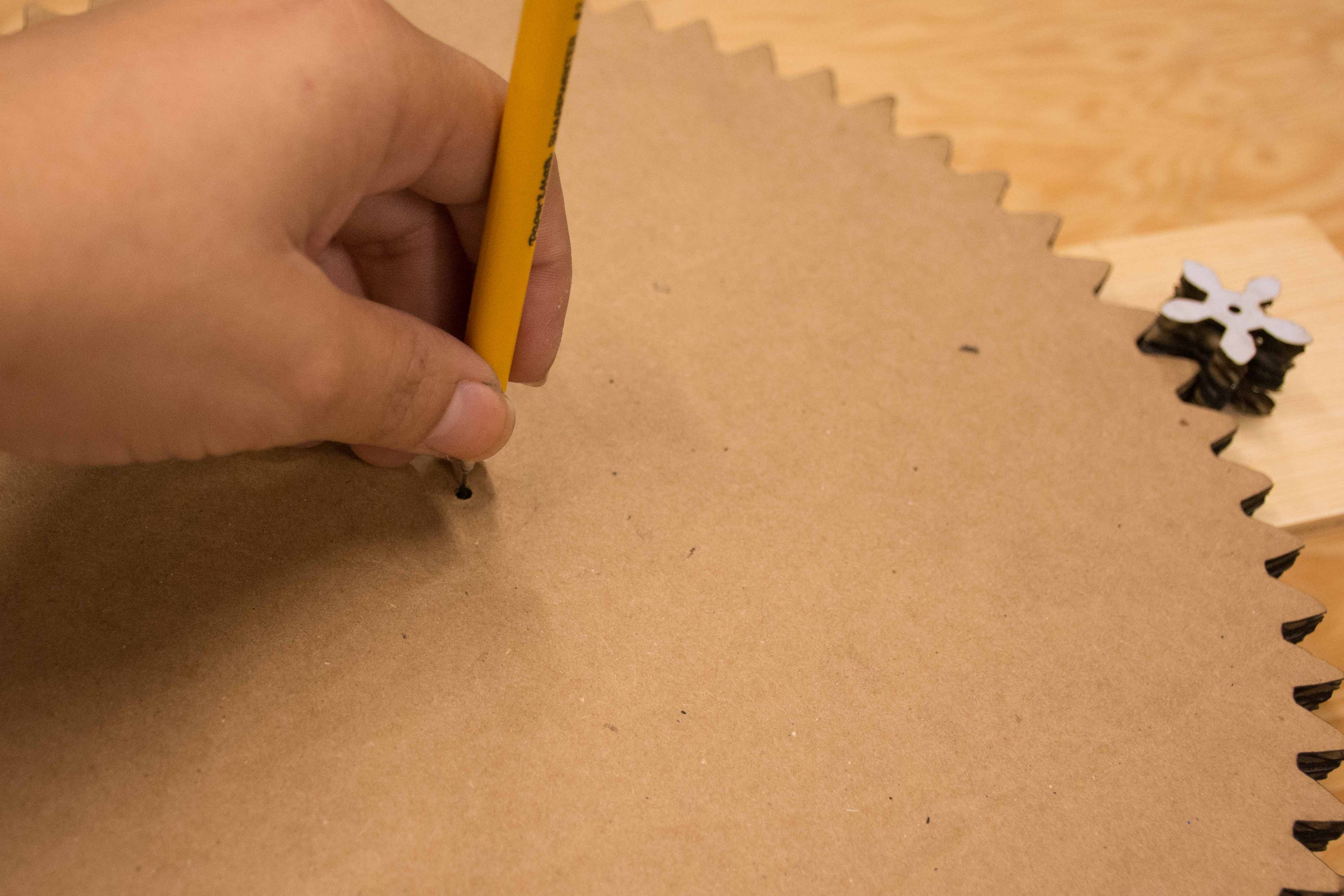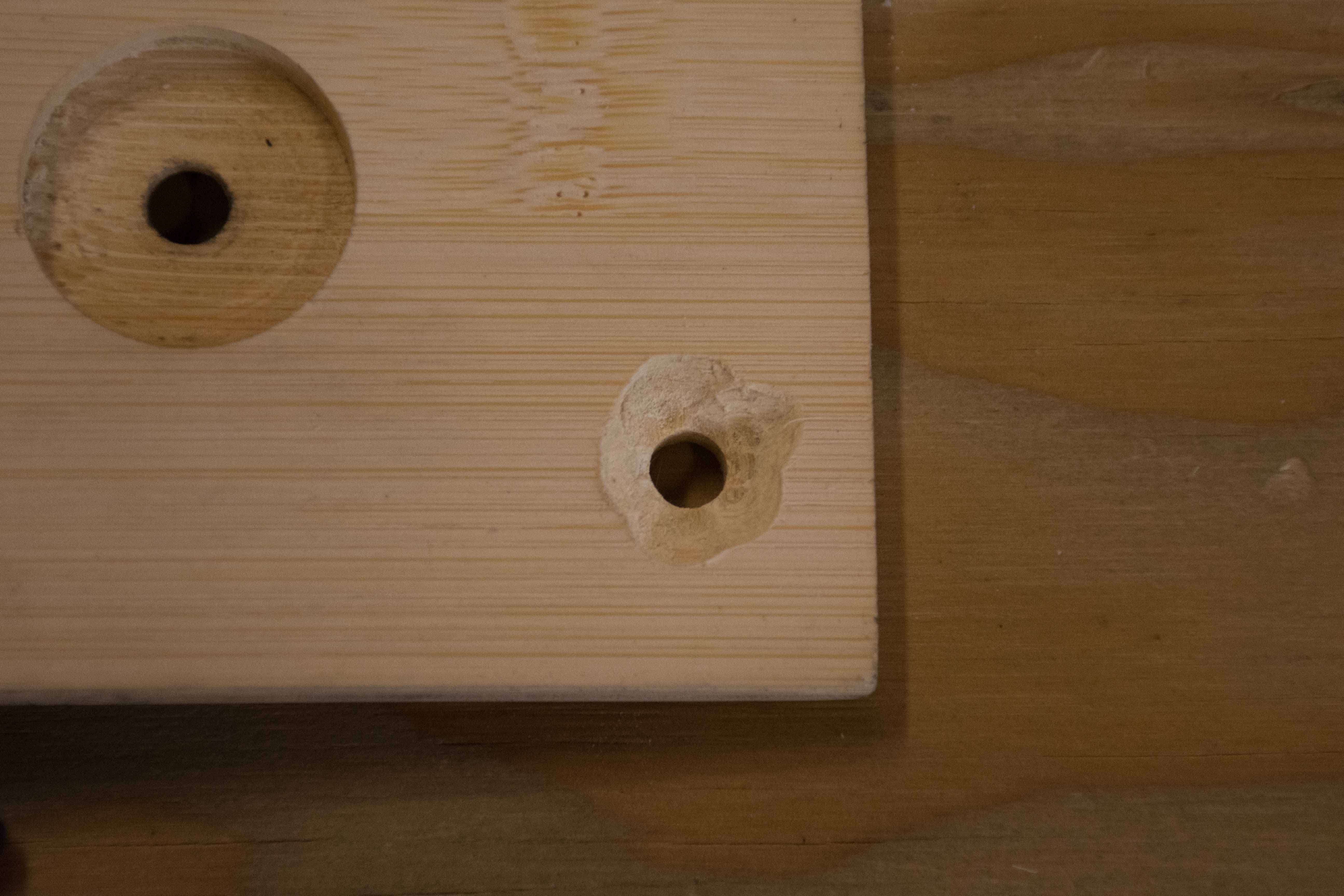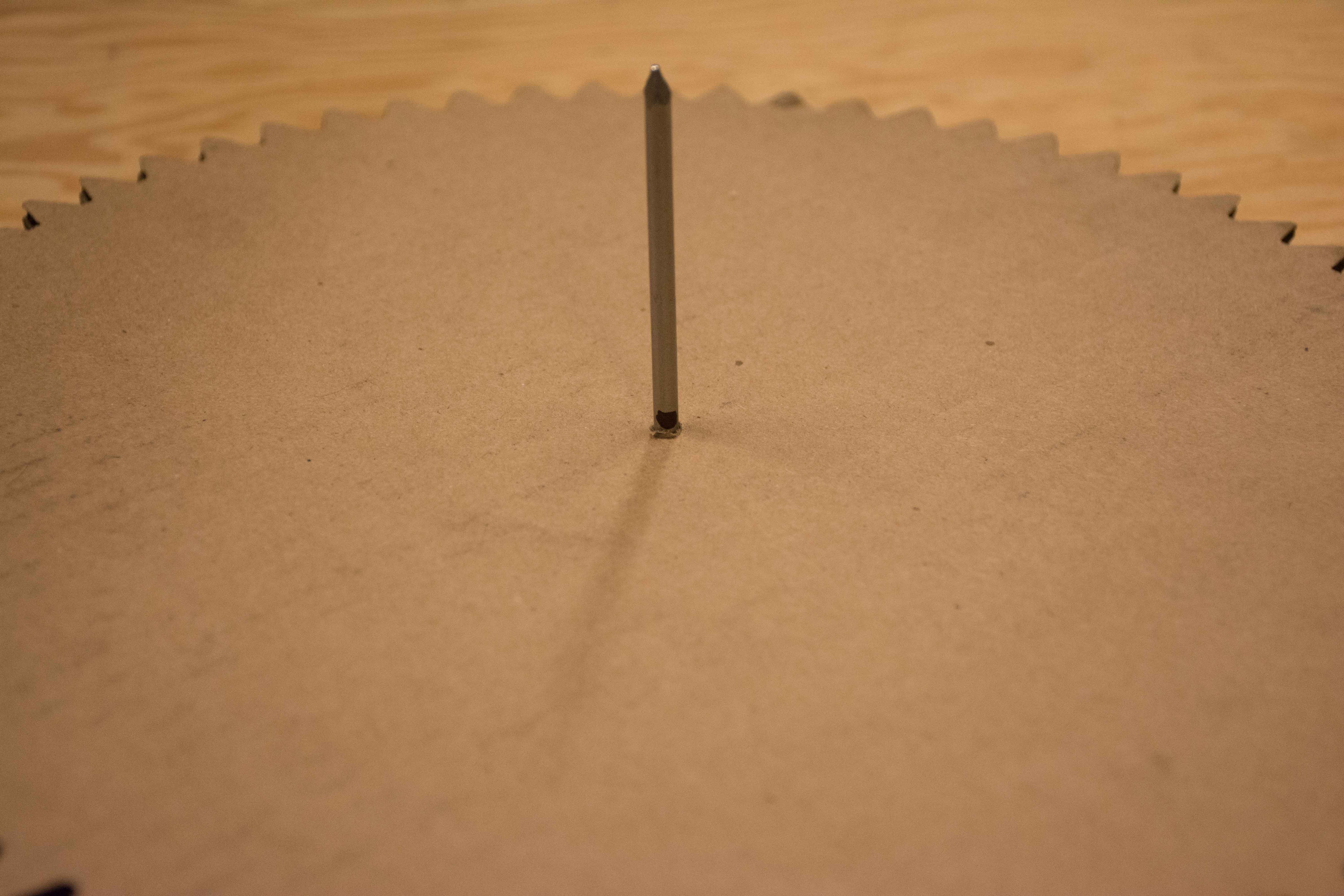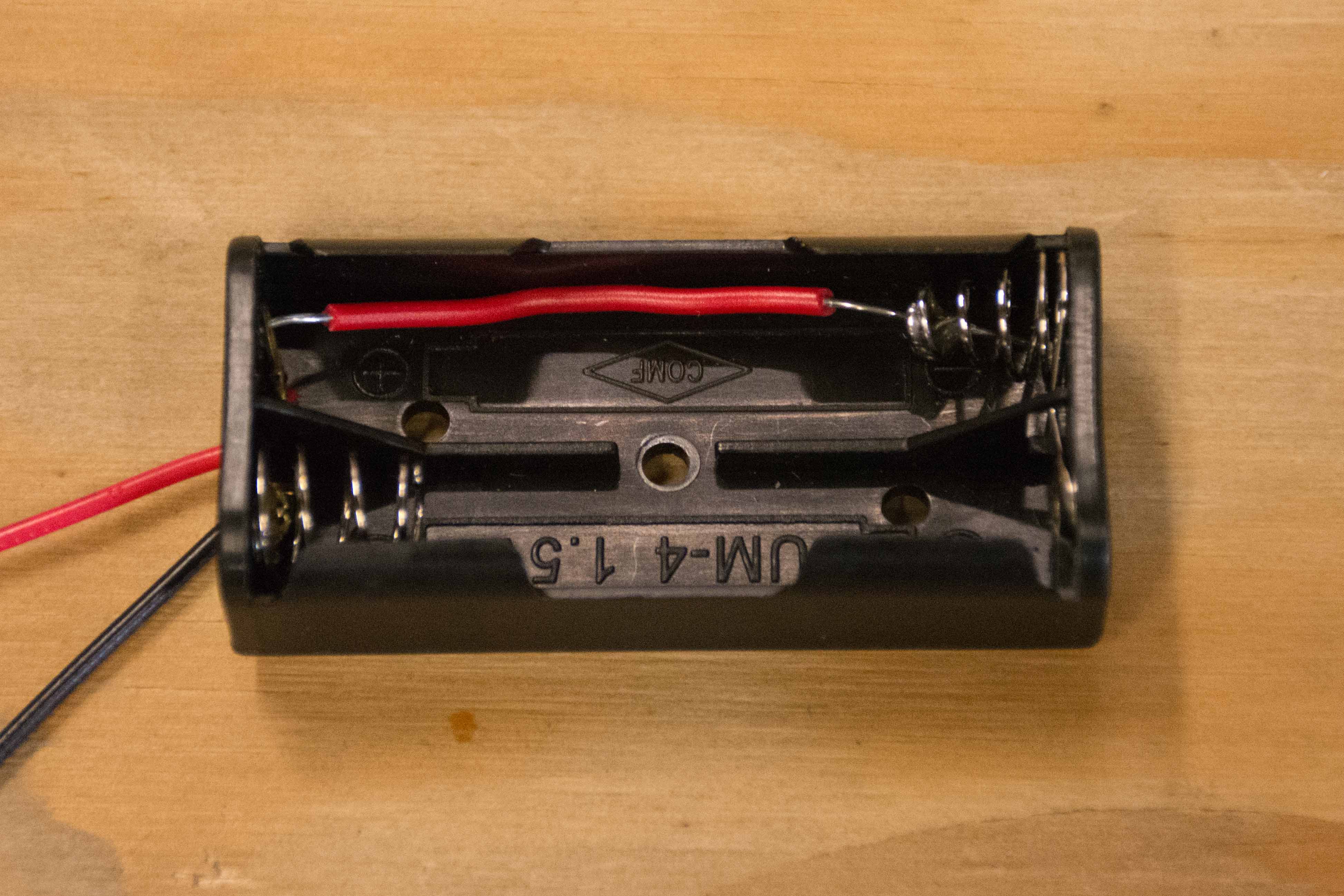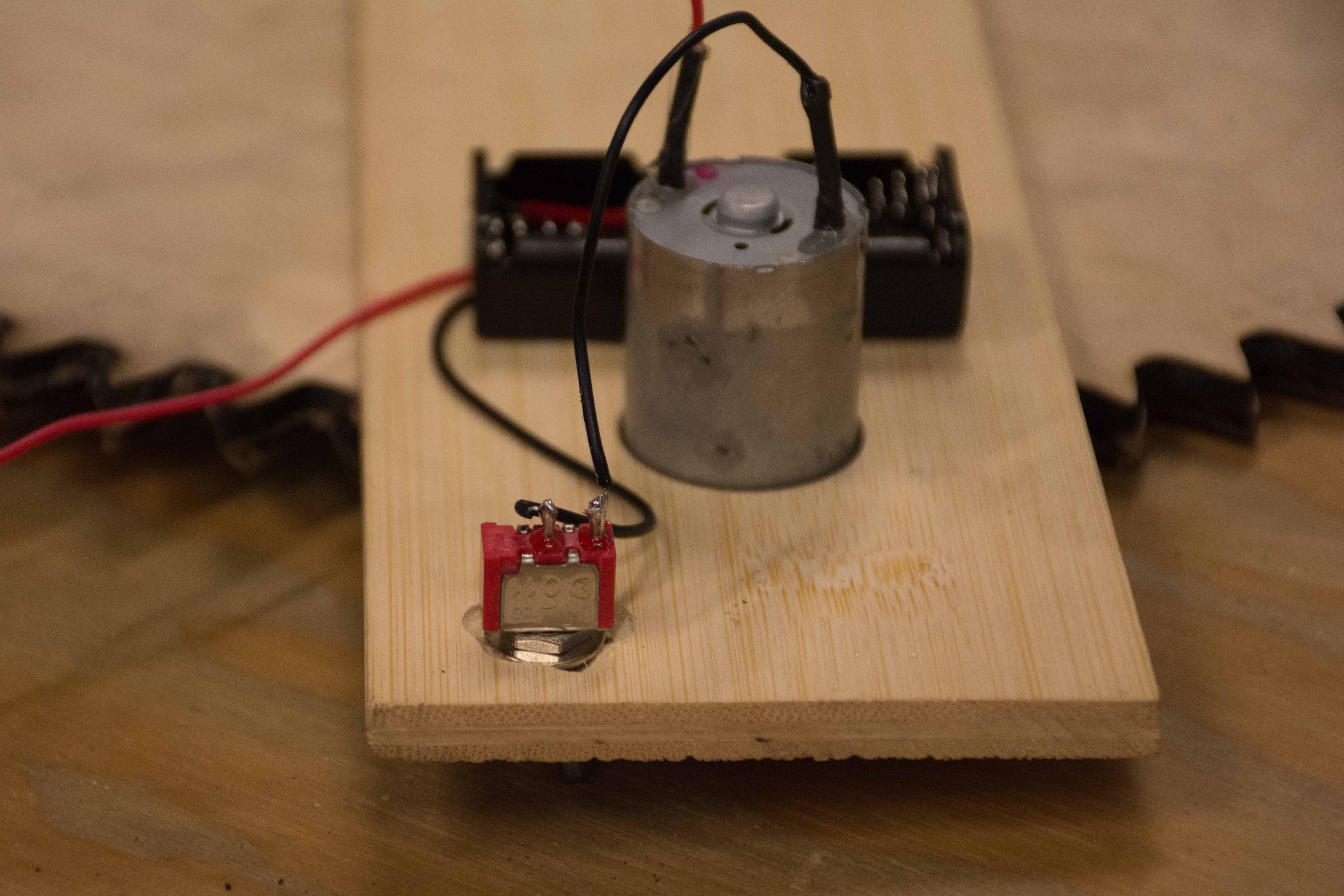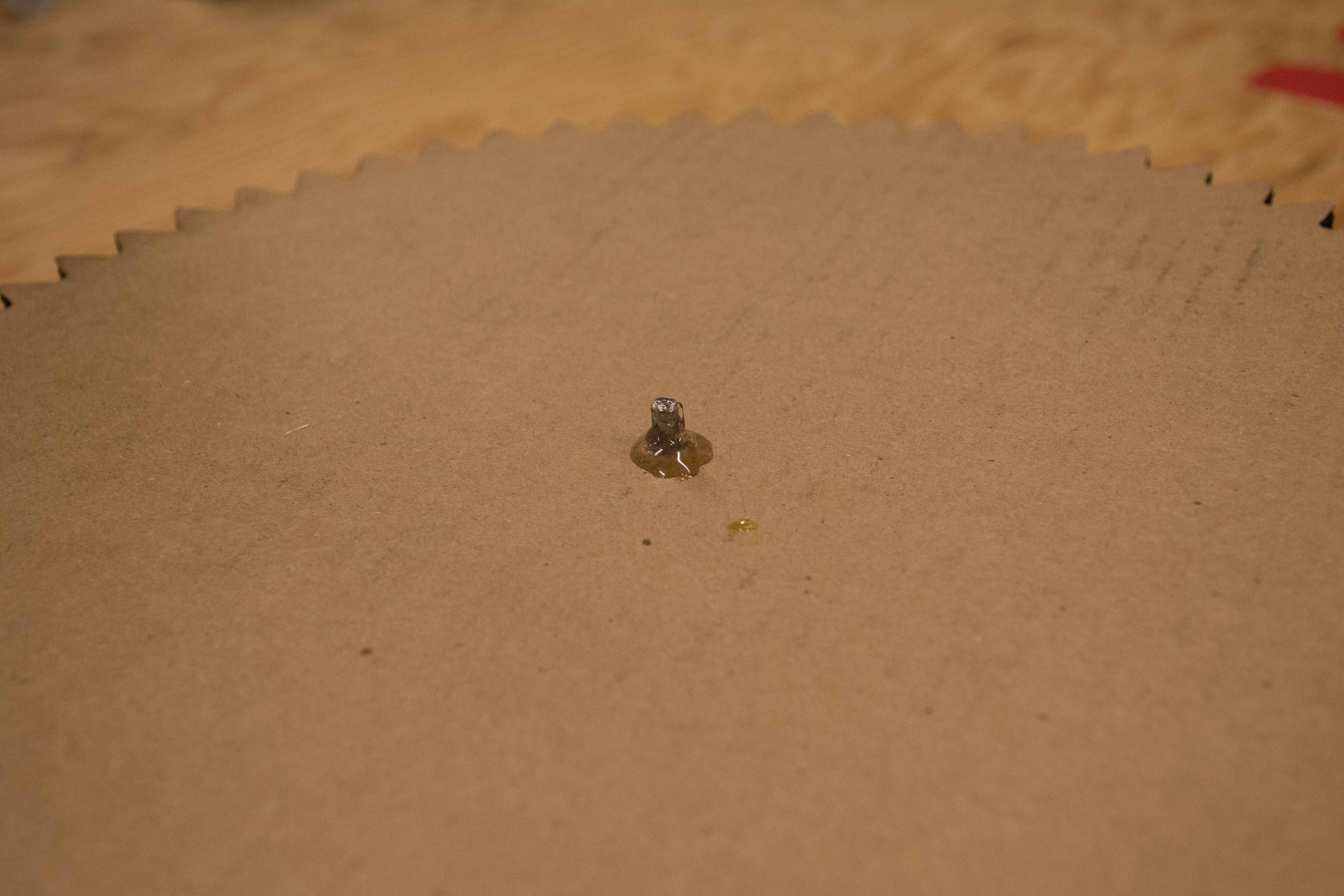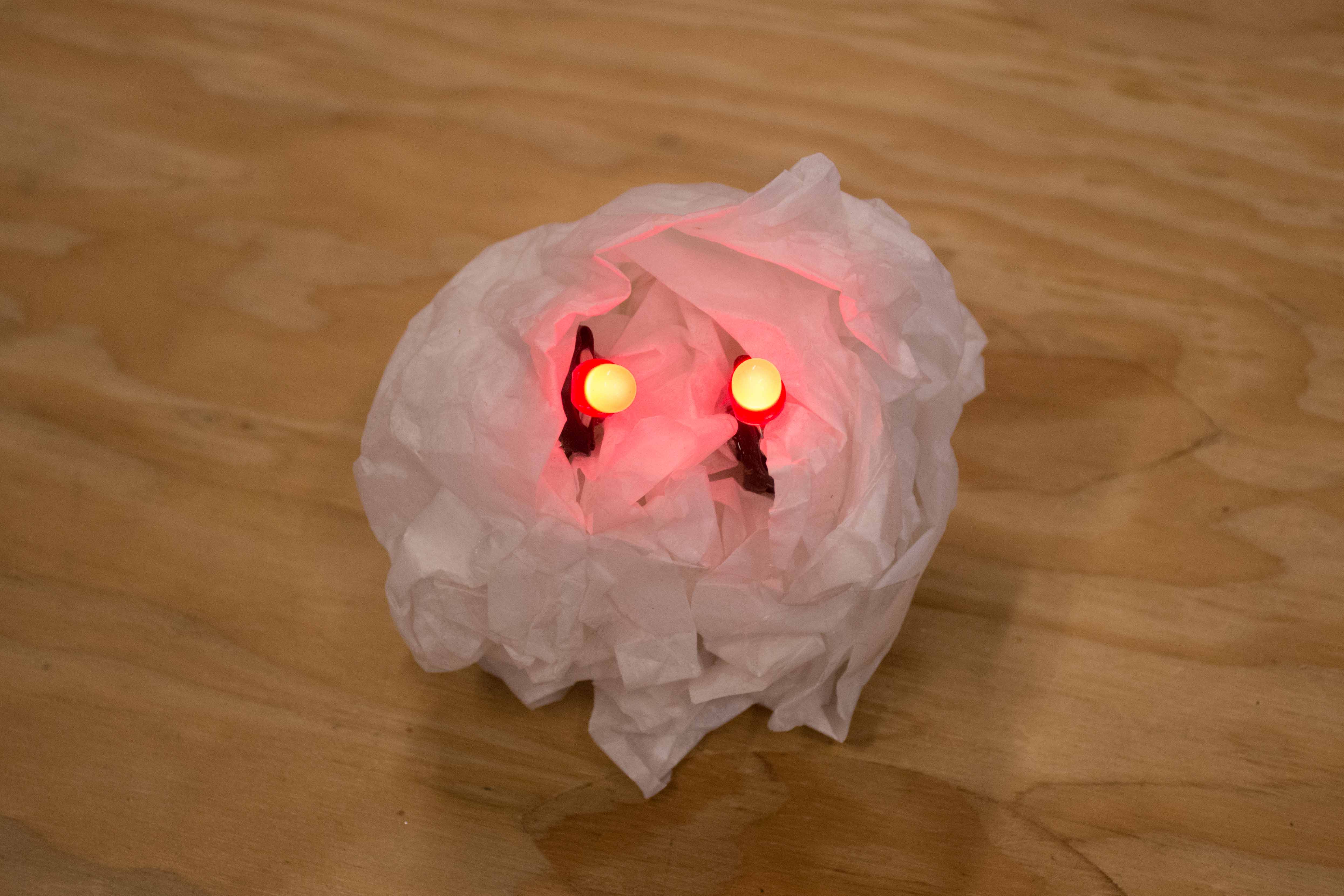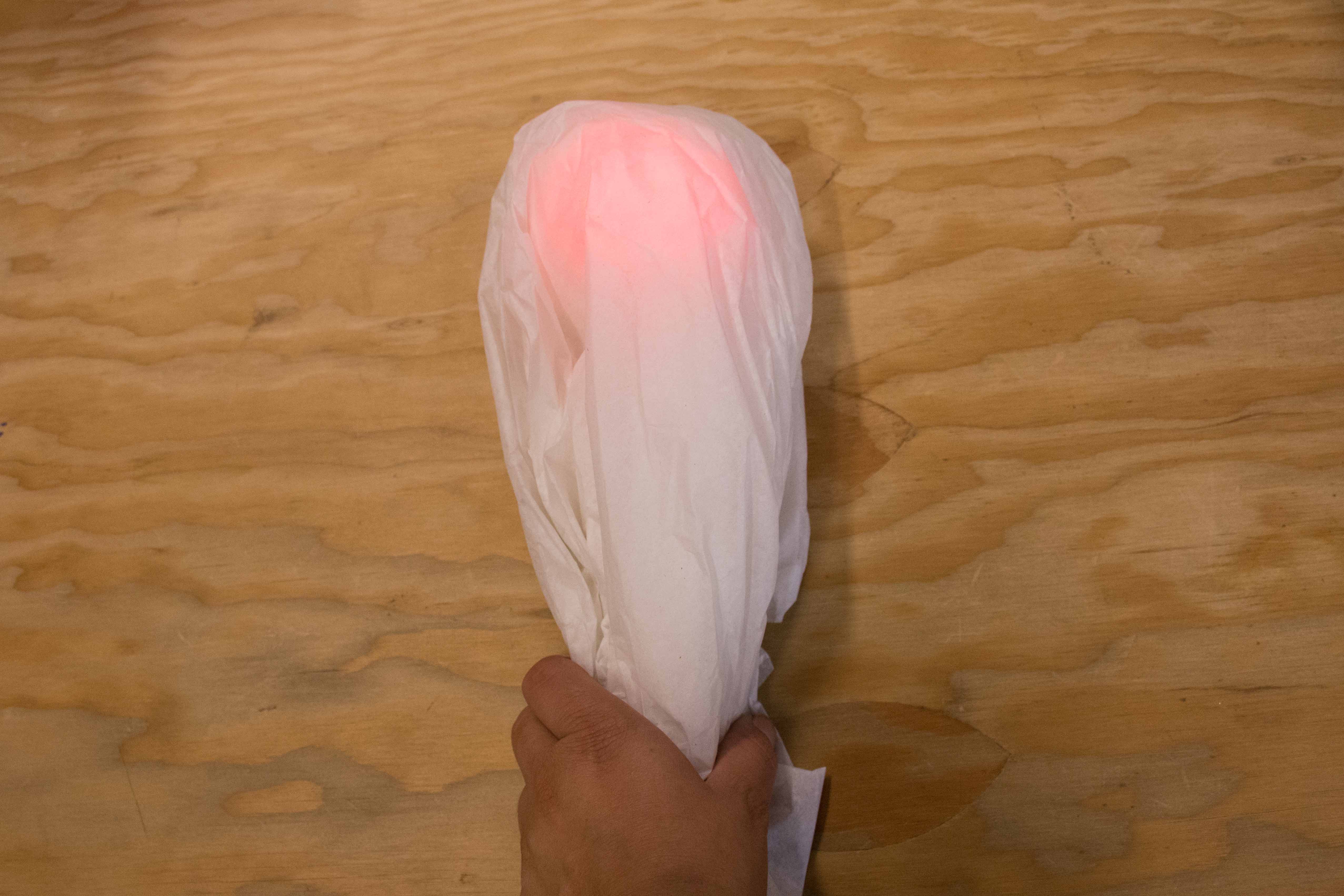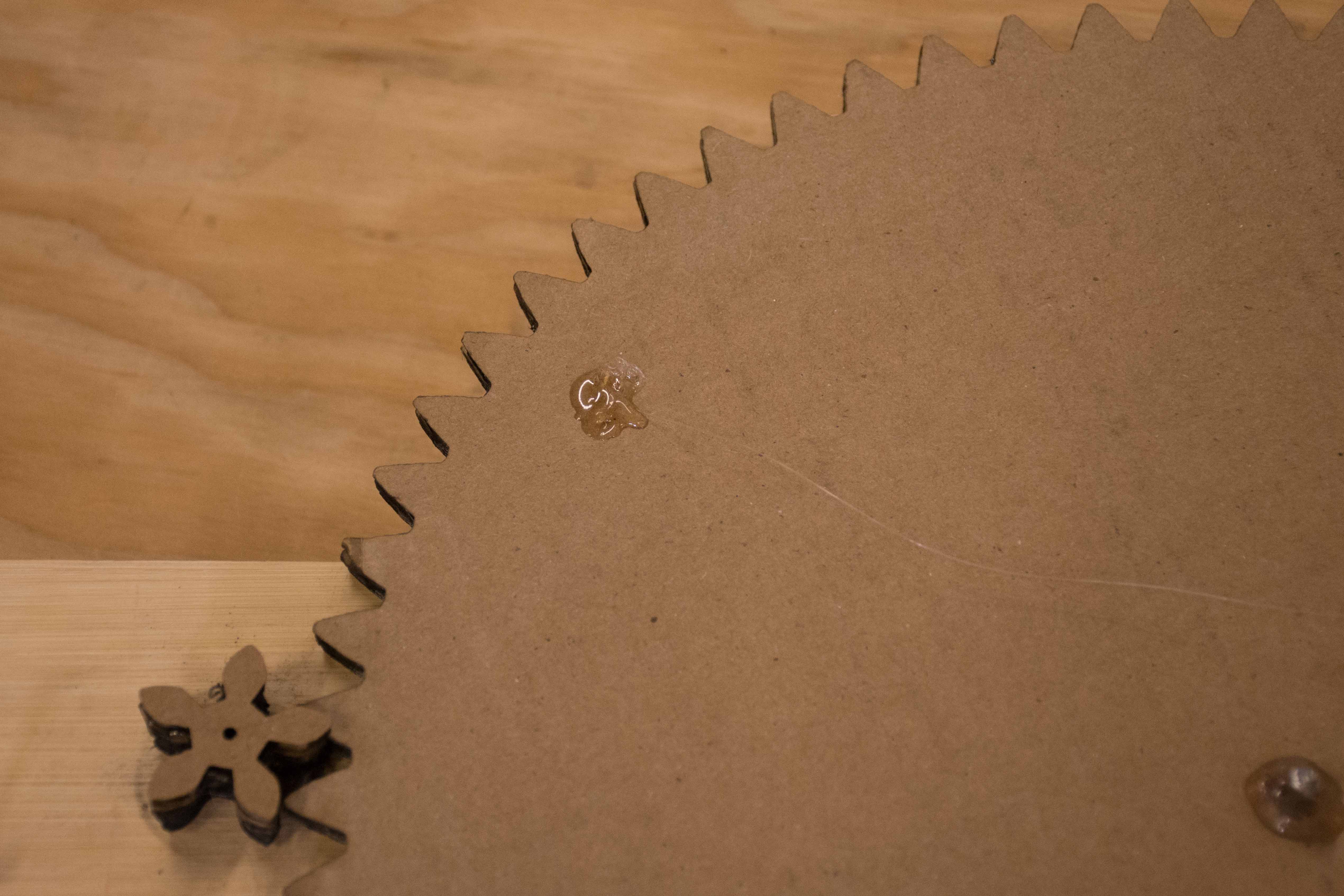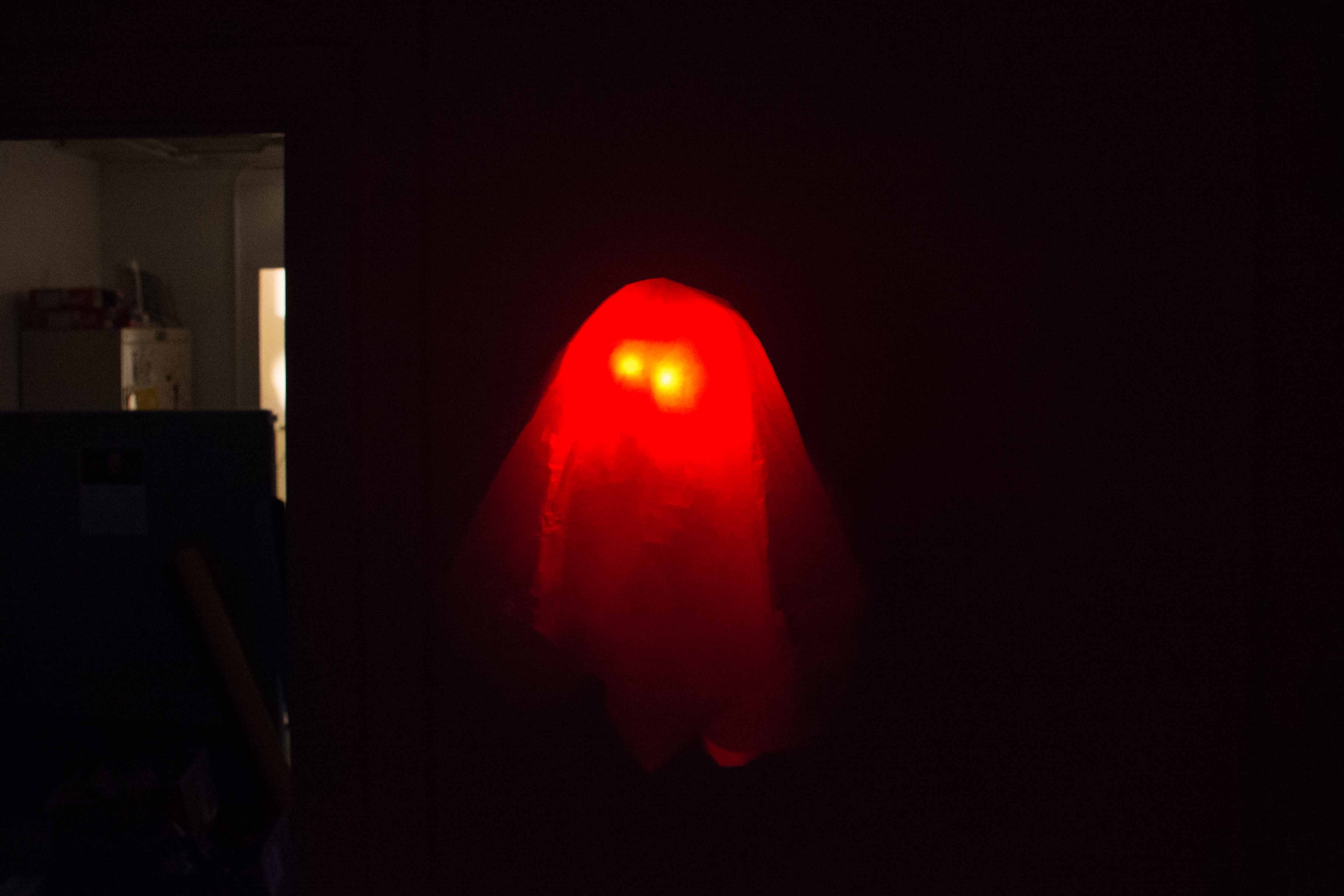Halloween is the holiday for Makers. Year after year, people come up with incredible creations to add to their costumes or to decorate their homes.
With all the different tools we have available, things can get really complicated really fast. Using some simple parts, you can create a spinning ghost mobile to spook the kids coming to trick-or-treat.
This is a simple idea, so feel free to upgrade/tweak as much as possible. You could add bats, witches, spiders, or a ton of other Halloween spooks! It would be even more fun if you added some sensors to trigger it when someone approaches. The cherry on top would be if you added sound effects to go along with your creation to really get the heart racing!


